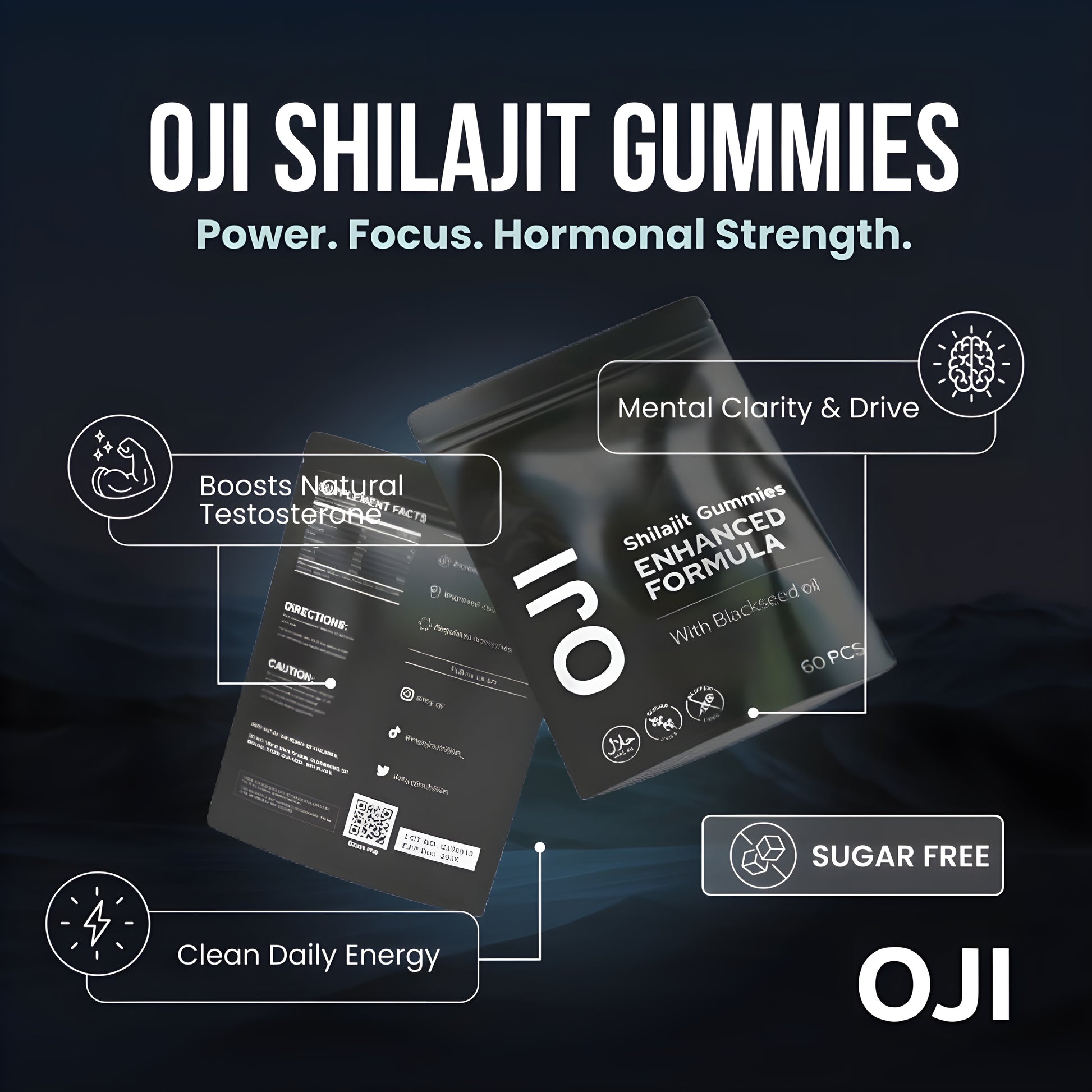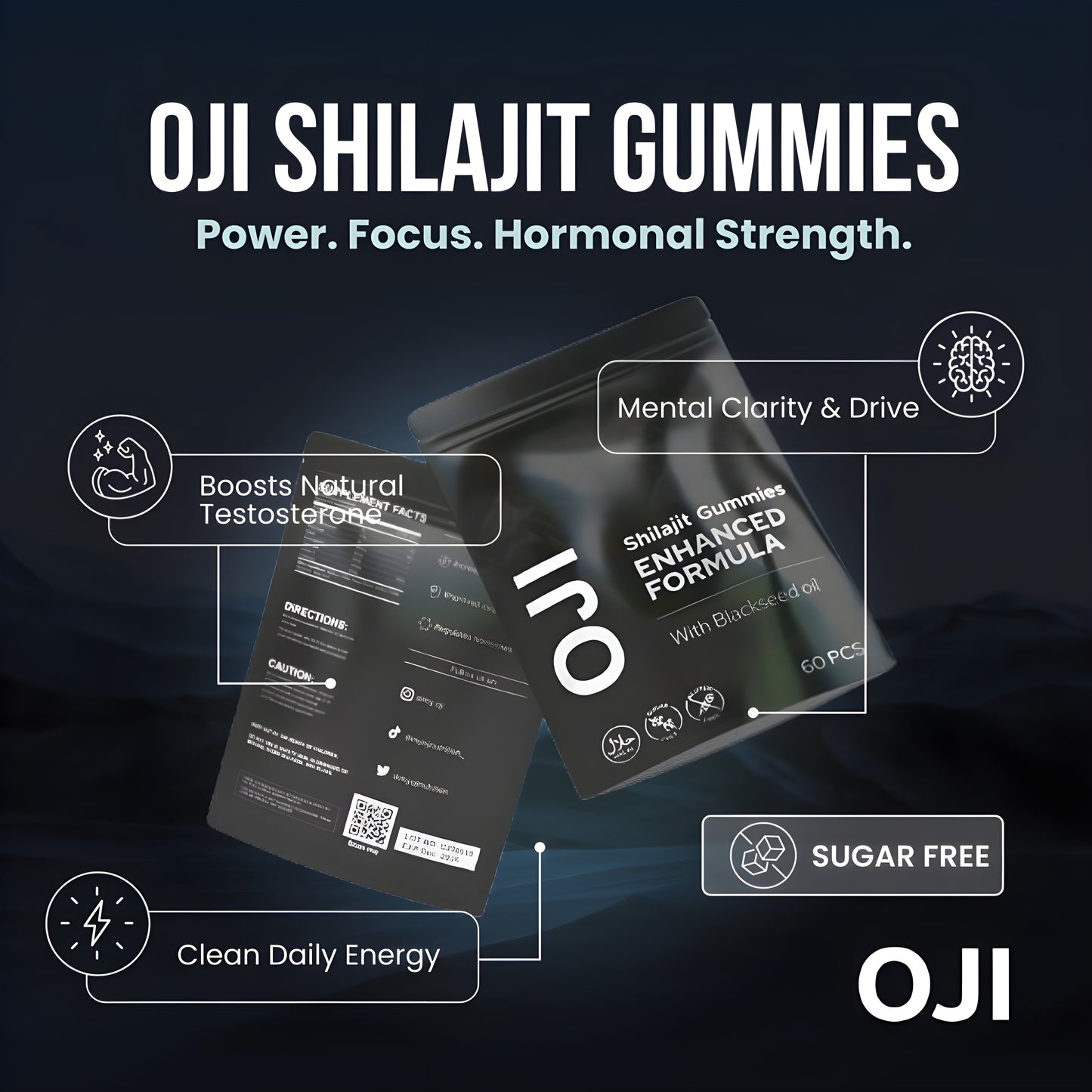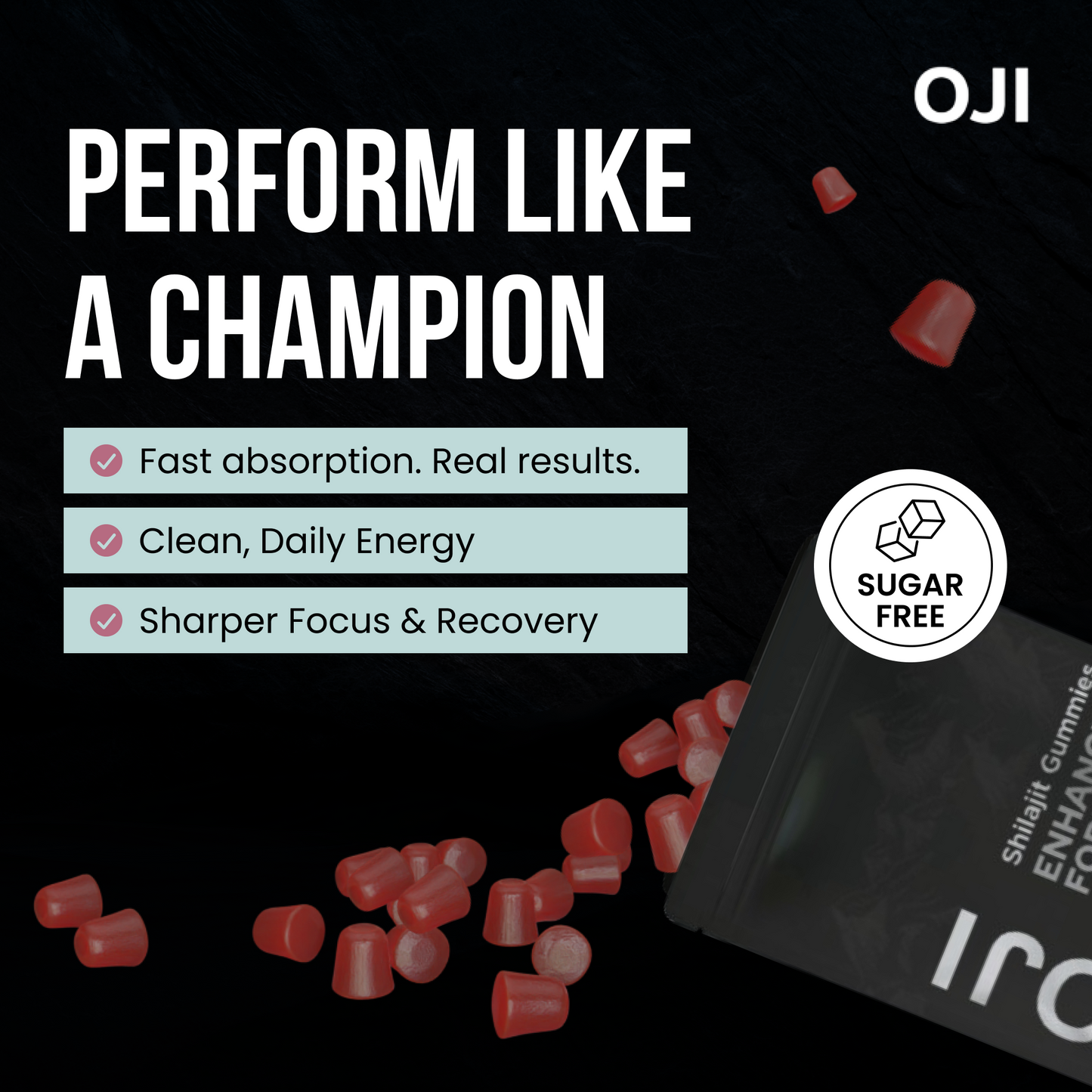In our fast-paced world, stress has become a constant companion for many, impacting everything from our sleep quality to our daily focus. While the triggers are everywhere, the solutions do not need to be complicated or chemical. The search for effective, natural stress relief is more critical than ever, offering sustainable ways to manage pressure without unwanted side effects.
This guide moves beyond generic advice to provide a detailed roundup of nine proven, science-backed methods to help you reclaim your equilibrium. From ancient breathing practices like Pranayama that directly influence your nervous system, to the supportive power of herbal adaptogens and the simple act of expressive writing, these strategies are designed for real-world application. Each entry is structured to be practical and actionable.
We will explore precisely how each technique works, provide clear steps to integrate it into your daily routine, and discuss how combining different approaches can create a powerful, personalised toolkit for lasting resilience. Prepare to discover practical ways to manage stress naturally and cultivate a more peaceful, balanced state of being, starting today.
1. Deep Breathing and Pranayama: Master Your Body's Stress Switch
Your breath is one of the most powerful and immediate tools for natural stress relief, acting as a direct switch for your nervous system. Deep breathing techniques, rooted in the ancient yogic practice of Pranayama, involve consciously controlling your inhalation and exhalation. This intentional act sends a signal to your brain to activate the parasympathetic nervous system, often called the "rest and digest" system. This activation counters the "fight or flight" response, lowering heart rate, blood pressure, and cortisol levels for instant calm.

Popularised by modern wellness advocates like Dr. Andrew Weil and author James Nestor, controlled breathing is used in high-stakes environments. For instance, Navy SEALs employ box breathing (inhale for 4, hold for 4, exhale for 4, hold for 4) to maintain composure under extreme pressure. Similarly, hospitals often teach patients pre-surgery breathing exercises to reduce anxiety.
How to Implement Deep Breathing
Integrating this practice into your daily life requires minimal time and no equipment. It's a foundational skill for managing stress as it arises, whether you're facing a difficult meeting or feeling overwhelmed by your to-do list.
- Try the 4-7-8 Technique: A simple yet effective method. Inhale quietly through your nose for 4 counts, hold your breath for 7 counts, and then exhale audibly through your mouth for 8 counts.
- Focus on Your Exhale: Make your exhale slightly longer than your inhale. This extended exhale is key to stimulating the vagus nerve and deepening the relaxation response.
- Start Small: Dedicate just five minutes each day. Consistency is more important than duration, especially when building the habit. Consider using guided sessions on apps like Calm or Breathe to get started.
2. Mindfulness Meditation: Rewire Your Brain's Response to Stress
Mindfulness meditation is the practice of anchoring your attention to the present moment, observing your thoughts, feelings, and bodily sensations without judgment. This technique provides a powerful form of natural stress relief by fundamentally rewiring the brain's stress pathways. Research shows it can reduce activity in the amygdala, the brain's fear centre, while strengthening the prefrontal cortex, which is responsible for executive functions like emotional regulation and impulse control.

Popularised by pioneers like Jon Kabat-Zinn and Thich Nhat Hanh, mindfulness is now a mainstream strategy for building resilience. Corporate giants like Google implement it through their 'Search Inside Yourself' program to boost employee well-being, while hospitals use Mindfulness-Based Stress Reduction (MBSR) to help patients cope with chronic illness and pain. Even military resilience training incorporates mindfulness to help soldiers manage the intense pressures of their duties.
How to Implement Mindfulness Meditation
Integrating mindfulness helps you build a buffer between a stressful event and your reaction to it, giving you the clarity to respond thoughtfully rather than reflexively. This practice is especially useful for managing workplace anxiety and maintaining focus.
- Start with Short Sessions: Begin with just 5-10 minutes each day. Consistency is the key to building the neural pathways for mindfulness.
- Use Guided Meditations: Apps like Headspace or Calm offer guided sessions that provide structure and make it easier to start, especially for beginners.
- Focus on an Anchor: Use your breath as a neutral anchor. When you notice your mind has wandered, gently guide your attention back to the sensation of your breath.
- Be Patient and Non-Judgmental: Your mind will wander; that's normal. The practice is not about emptying your mind but about noticing when it has drifted and kindly returning your focus. This is an essential skill for learning how to reduce stress at work.
3. Progressive Muscle Relaxation (PMR): Consciously Release Your Body’s Tension
Progressive Muscle Relaxation (PMR) is a powerful mind-body technique where you systematically tense and then release different muscle groups. This process teaches you to recognise what physical tension feels like, giving you the ability to consciously let it go. Developed by Dr. Edmund Jacobson, this method for natural stress relief operates on the simple principle that physical relaxation promotes mental calmness; you cannot be physically relaxed and mentally anxious at the same time.

Its effectiveness is widely acknowledged in various professional settings. Physical therapy clinics use PMR to help patients manage chronic pain by reducing muscle guarding, while sleep disorder centres incorporate it into treatment plans to combat insomnia. Sports psychologists also teach athletes PMR to enhance recovery and manage performance anxiety, proving its utility in high-pressure environments.
How to Implement Progressive Muscle Relaxation
PMR is an excellent tool for unwinding before sleep or managing acute physical symptoms of stress, such as clenched jaws or tight shoulders. It requires a quiet space where you can lie down comfortably without interruption.
- Systematic Tensing and Releasing: Start with your feet and work your way up your body. Tense the muscles in your feet for about 5 seconds, then release the tension completely for 10-15 seconds.
- Focus on the Contrast: Pay close attention to the sensation of deep relaxation that follows the release of tension. This contrast is the key to the technique’s effectiveness.
- Use Guided Audio: When starting, guided audio tracks can be invaluable. They walk you through each muscle group, allowing you to fully immerse yourself in the process without having to remember the sequence. Apps like Headspace or YouTube offer numerous guided PMR sessions.
4. Nature Therapy and Forest Bathing: Reconnect for Mental Calm
Immersing yourself in the natural world offers a profound form of natural stress relief, grounded in our innate biological connection to nature. This practice, formalised in Japan as Shinrin-yoku or forest bathing, involves mindfully engaging all your senses in a natural environment. It works by lowering cortisol (the primary stress hormone), reducing blood pressure, and calming the nervous system, effectively countering the overstimulation of modern urban life.

Pioneered by researchers like Dr. Qing Li, forest bathing is now a prescribed public health practice in Japan, with designated therapeutic forests. The concept has been adopted globally, with healthcare facilities installing therapeutic gardens and corporate wellness programmes organising nature retreats. These initiatives recognise that direct exposure to nature significantly improves psychological well-being and boosts immune function.
How to Implement Nature Therapy
You don't need a deep wilderness to benefit; even a city park or a small garden can be a sanctuary. The goal is to consciously disconnect from technology and reconnect with the natural world, making it a perfect antidote to digital fatigue and workplace pressure.
- Engage Your Senses: What can you see (the pattern of a leaf), hear (birdsong), smell (damp earth), touch (rough bark), and taste (the fresh air)? Focus on one sense at a time to deepen your mindfulness.
- Leave Devices Behind: To truly disconnect, put your phone on silent or leave it at home. This allows your mind to fully absorb the restorative environment without digital distractions.
- Aim for 20 Minutes: Research suggests that spending at least 20 minutes in a natural setting can significantly lower stress hormones. Make this a consistent part of your routine.
5. Yoga and Gentle Movement: Uniting Mind and Body for Calm
Yoga offers a powerful, holistic approach to natural stress relief by uniting physical postures (asanas), controlled breathing, and mindful awareness. This ancient practice works by calming the nervous system, releasing physical tension stored in the muscles, and creating a state of “moving meditation.” By focusing on the connection between breath and movement, yoga helps shift you out of the sympathetic “fight or flight” state and into the restorative parasympathetic “rest and digest” state, effectively lowering cortisol and easing anxiety.
The benefits of yoga are widely recognised in therapeutic and high-pressure settings. For example, trauma expert Bessel van der Kolk champions trauma-informed yoga to help individuals reconnect with their bodies. Many corporate wellness programmes now include yoga to combat workplace stress, and hospital-based classes are offered to support cancer patients' mental wellbeing. These applications underscore yoga's effectiveness beyond general fitness.
How to Implement Yoga and Gentle Movement
You don’t need to be flexible or spiritual to benefit from yoga; it’s an accessible practice for anyone seeking to manage stress. The key is finding a style that suits you and prioritising consistency over intensity.
- Start with Beginner-Friendly Styles: Try Hatha or Yin yoga, which involve slower movements and holding poses for longer periods, giving your body and mind time to relax deeply.
- Focus on Your Breath: The core of a stress-reducing practice is breath awareness. Pay attention to your inhales and exhales in each pose; this anchors you in the present moment.
- Practise Consistently: Even 10-15 minutes a day can make a significant difference. Try free online resources like Yoga with Adriene if a studio setting feels intimidating. Consistency builds resilience to stress over time.
6. Aromatherapy and Essential Oils: Soothe Your Senses, Calm Your Mind
Aromatherapy harnesses the power of scent for natural stress relief, using concentrated plant extracts known as essential oils. When inhaled, the aromatic molecules travel directly to the limbic system, the part of your brain that governs emotion, memory, and stress. This direct neural pathway allows certain scents to trigger an immediate calming response, helping to reduce anxiety, slow the heart rate, and ease mental tension almost instantly.
The practice has been popularised by aromatherapy pioneers like Robert Tisserand and modern wellness companies, becoming a staple in settings designed for relaxation. For example, spas and wellness centres diffuse lavender or ylang-ylang to create a tranquil atmosphere, while some hospitals now use diffusers with calming oils to help reduce patient anxiety. Corporate wellness programmes also increasingly incorporate aromatherapy to help employees manage workplace stress.
How to Implement Aromatherapy
Integrating aromatherapy is simple and can be adapted to fit any part of your day, whether you need a moment of peace at your desk or a way to unwind before sleep. It's a sensory approach to stress management that complements other mind-body practices. For those interested in a holistic approach, exploring how different natural compounds work can be beneficial; you can learn more about other natural supplements for stress and anxiety here.
- Start with Calming Oils: Begin with well-known relaxing scents like lavender, bergamot, or chamomile. These are widely studied for their soothing properties.
- Use a Diffuser: Add 3-5 drops of your chosen essential oil to an ultrasonic diffuser to fill your room with a gentle, stress-reducing mist. This is ideal for your home or office.
- Apply Topically (with care): Always dilute essential oils with a carrier oil like jojoba or almond oil before applying to the skin. A common ratio is 2-3 drops of essential oil per teaspoon of carrier oil. Dab onto pulse points like your wrists and temples.
7. Herbal Teas and Adaptogens: Soothe Your System with Plant Power
Sipping on a warm cup of herbal tea is a timeless ritual for relaxation, but its benefits go far beyond simple comfort. Certain herbs and a unique class of plants known as adaptogens contain bioactive compounds that offer powerful natural stress relief. These botanicals work by supporting your adrenal system and moderating your body's cortisol response, helping you build resilience to both physical and psychological stressors. They don’t just mask stress; they help your body adapt to it more efficiently over time.
This plant-based approach to stress management is championed by modern herbalists like Rosemary Gladstar and companies such as Traditional Medicinals. The practice is now integrated into various wellness settings, from corporate offices providing calming tea stations for employees to hospitals offering chamomile tea to patients to ease anxiety. An evening cup of lemon balm or passionflower tea has become a cornerstone of personal relaxation routines for many seeking a gentle, non-sedative way to unwind.
How to Implement Herbal Teas and Adaptogens
Incorporating these botanicals into your routine is a simple, enjoyable way to support your nervous system. It’s an ideal practice for winding down in the evening or taking a mindful pause during a hectic day. For a deeper look into a powerful adaptogen, you can learn more about ashwagandha for stress.
- Choose the Right Herb: For immediate calming effects, try nervine herbs like chamomile, lemon balm, or passionflower. For long-term stress resilience, explore adaptogens like ashwagandha or rhodiola.
- Brew for Potency: To extract the full benefits, steep your herbal tea for at least 5-10 minutes with the cup covered to prevent the volatile oils from escaping.
- Practise Mindful Sipping: Turn your tea break into a moment of mindfulness. Pay attention to the aroma, warmth, and flavour, allowing your mind to focus fully on the present experience.
- Prioritise Quality: Opt for organic, high-quality herbs from reputable sources to ensure purity and effectiveness. Always consult a healthcare provider before adding new herbs, especially if you are pregnant or taking other medications.
8. Journaling and Expressive Writing: Unload Your Mind for Clarity
Putting pen to paper is a powerful and time-tested method of natural stress relief that allows you to untangle complex thoughts and emotions. The act of expressive writing involves translating your feelings into words, providing a structured outlet for mental and emotional pressure. This practice helps organise your mind, offering fresh perspective on stressors and enabling you to recognise recurring patterns in your thoughts and behaviours, which is the first step towards changing them.
Pioneered by researchers like Dr. James Pennebaker, expressive writing is clinically recognised for its therapeutic benefits. His studies demonstrated that participants who wrote about traumatic events experienced significant long-term health improvements. This principle is now applied in various high-stress environments, from trauma therapy writing exercises that help individuals process deeply distressing experiences to corporate wellness programmes designed to mitigate professional burnout.
How to Implement Journaling
Integrating journaling is about creating a private space for honest self-reflection, free from judgement. It's a versatile tool that can be adapted to your needs, whether you're seeking to solve a specific problem or simply aiming for daily mental decluttering.
- Write Unfiltered for 15-20 Minutes: Set a timer and write continuously without stopping to edit or self-censor. The goal is to let your thoughts flow freely. Don't worry about grammar or spelling.
- Focus on Emotions, Not Just Events: Instead of only describing what happened, explore how it made you feel. Ask yourself why you felt that way to gain deeper insight into your emotional triggers.
- Try Gratitude Journaling: For a more positive focus, dedicate a few minutes each day to writing down three things you are grateful for. This shifts your mindset away from stressors and towards appreciation.
- Use Prompts if You're Stuck: If you don't know where to start, use a prompt like, "What is weighing on my mind right now?" or "What would make today feel successful?".
9. Music and Sound Therapy: Tune into Tranquillity
Music and sound therapy offer a powerful form of natural stress relief by using specific frequencies, rhythms, and melodies to influence your physiological state. This practice directly affects brainwave patterns, heart rate, and breathing, creating tangible changes that counteract the body's stress response. Listening to certain types of audio can lower cortisol levels, ease muscle tension, and guide your mind into a more relaxed and meditative state.
This method's effectiveness is recognised in various professional settings, from hospitals using ambient music to create healing environments to therapy sessions incorporating sound for emotional regulation. The band Marconi Union famously collaborated with sound therapists to create "Weightless," an eight-minute track scientifically shown to reduce anxiety by up to 65%. Pioneering figures like composer Steven Halpern and neurologist Dr. Oliver Sacks have long championed music's profound connection to brain function and emotional wellbeing.
How to Implement Music and Sound Therapy
Integrating sound into your stress management routine is simple and highly customisable. It's an excellent way to create a sanctuary of calm, whether you're at your desk, commuting, or preparing for sleep.
- Choose Calming Rhythms: Opt for music with a tempo of around 60-80 beats per minute (BPM). This rhythm often synchronises with a resting heart rate, encouraging physiological relaxation. Think classical, ambient, or chill-out genres.
- Experiment with Soundscapes: Beyond traditional music, explore nature sounds like rain or ocean waves, or try binaural beats, which use different frequencies in each ear to promote specific brainwave states (e.g., alpha waves for relaxation).
- Create Dedicated Playlists: Organise playlists for different needs: one for focused work, another for winding down before bed, and one for moments of acute stress. Using noise-cancelling headphones can significantly enhance the immersive experience.
Natural Stress Relief Methods Comparison
| Method | Implementation Complexity 🔄 | Resource Requirements ⚡ | Expected Outcomes 📊 | Ideal Use Cases 💡 | Key Advantages ⭐ |
|---|---|---|---|---|---|
| Deep Breathing and Pranayama | Low - requires practice to master | Minimal - no equipment needed | Immediate stress relief; reduces cortisol by ~23% | Quick stress management anywhere; performance anxiety | Free, immediate calming, improves respiratory health |
| Mindfulness Meditation | Moderate - requires consistent daily practice | Minimal - no equipment needed | Long-term stress resilience; reduces anxiety by 58% | Emotional regulation, anxiety/depression management | Scientifically backed, improves focus and cognition |
| Progressive Muscle Relaxation | Moderate - 15-20 minutes per session | Minimal - can be done anywhere | Reduces muscle tension and cortisol by 25% | Physical stress symptoms, sleep improvement | Easy to learn, effective for physical relaxation |
| Nature Therapy and Forest Bathing | Low to moderate - requires time and access to nature | Moderate - time and transportation required | Reduces cortisol by 23%, boosts immune function | Mood enhancement, immune support, creativity boost | Combines exercise and mindfulness, natural immune boost |
| Yoga and Gentle Movement | Moderate - may require instruction | Low to moderate - space and optionally props | Reduces cortisol by 27%, decreases anxiety/depression | Physical and mental stress relief, fitness | Addresses multiple stress factors, adaptable styles |
| Aromatherapy and Essential Oils | Low - easy to apply but requires quality products | Low to moderate - essential oils may be costly | Immediate calming effects; reduces anxiety by 45% | Quick relaxation, sleep improvement | Fast-acting, portable, enjoyable sensory experience |
| Herbal Teas and Adaptogens | Low - simple preparation but effects gradual | Low - affordable and accessible ingredients | Reduces cortisol by 30%, anxiety symptoms by 50% | Daily stress management, adrenal support | Natural, gentle, budget-friendly |
| Journaling and Expressive Writing | Low to moderate - requires regular time commitment | Minimal - just paper or digital device | Reduces stress symptoms by 25%, improves immune function | Emotional processing, self-reflection | Inexpensive, enhances emotional regulation |
| Music and Sound Therapy | Low - no special skills needed | Low - device and music/sounds required | Reduces cortisol by 25%, decreases blood pressure | Relaxation during activities, therapeutic environments | Immediate effects, broad appeal, no learning curve |
Creating Your Personalised Stress Relief Toolkit
Throughout this guide, we've journeyed through a comprehensive collection of powerful techniques for natural stress relief. We have explored the profound, quiet power of turning inwards with deep breathing and mindfulness meditation, the physical release offered by progressive muscle relaxation and gentle yoga, and the restorative embrace of the natural world through forest bathing and aromatherapy. We’ve also uncovered how you can support your body’s internal stress response system with herbal teas and potent adaptogens. The sheer variety of these methods highlights a fundamental truth: there is no single, one-size-fits-all solution to managing stress.
The true value lies not in attempting to adopt every practice at once, but in consciously curating your own personalised toolkit. Your unique lifestyle, preferences, and daily demands will determine which strategies are the most effective and sustainable for you. The goal is to build a reliable set of tools you can turn to, creating a resilient foundation against life’s inevitable pressures. Mastering these approaches is not just about feeling less stressed; it is about reclaiming your energy, sharpening your mental clarity, and nurturing a deeper sense of well-being that permeates every aspect of your life.
Your Action Plan for Lasting Calm
To move from information to transformation, it’s crucial to take deliberate, actionable steps. Don’t let this list become another piece of forgotten information. Instead, use it as a practical blueprint for change.
- Start Small and Be Selective: Review the techniques we've discussed. Which two or three resonate most strongly with you? Perhaps the idea of a quiet, mindful moment appeals more than active movement, or vice versa. Choose what genuinely excites or interests you, as you are far more likely to stick with it.
- Create 'Habit Stacks': Integrate your chosen practices into your existing routine. For example, you could "stack" a new habit onto an old one: "After I brush my teeth in the morning (existing habit), I will do five minutes of deep breathing (new habit)." Or, "When I brew my afternoon cup of tea (existing habit), I will add my daily dose of an adaptogen supplement (new habit)." This approach significantly increases the likelihood of consistency.
- Track and Reflect: Keep a simple journal for a week or two. Note which natural stress relief techniques you used and how you felt afterwards. Did a walk in nature invigorate you? Did a chamomile tea help you unwind before bed? This feedback loop is essential for refining your toolkit over time, allowing you to double down on what works and replace what doesn’t.
By embracing this personalised and strategic approach, you are not just coping with stress; you are building a proactive system for a more balanced and centred existence. Consistency will always triumph over intensity. Small, daily acts of self-care compound over time, leading to profound and lasting resilience.
Ready to enhance your body's natural resilience to stress? Consider incorporating a high-quality adaptogen into your daily wellness routine. Oji Shilajit offers a pure, potent source of fulvic acid and over 84 essential minerals to support your energy levels, mental clarity, and overall vitality, making it an excellent partner in your journey towards lasting natural stress relief. Discover the benefits for yourself at Oji Shilajit.





